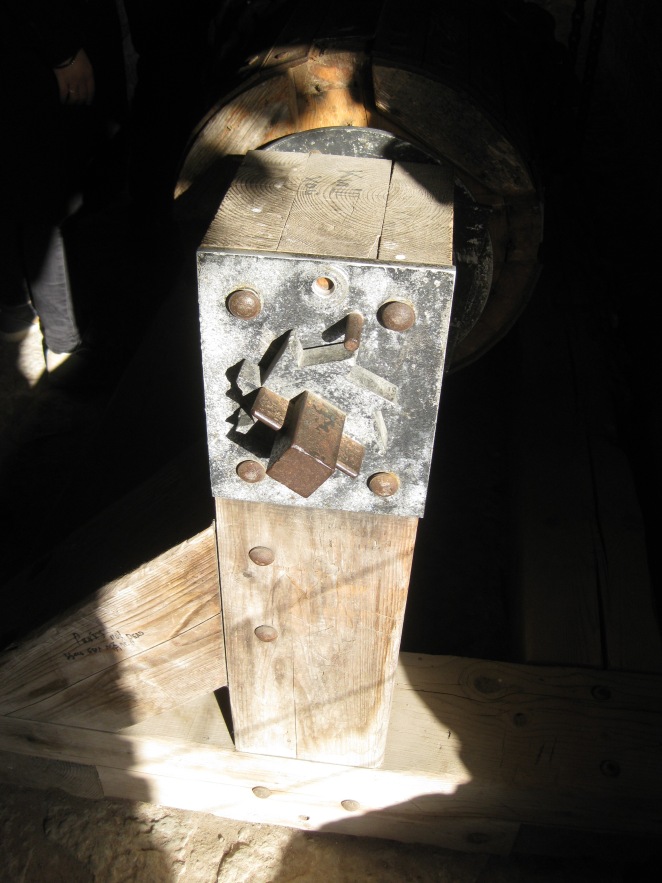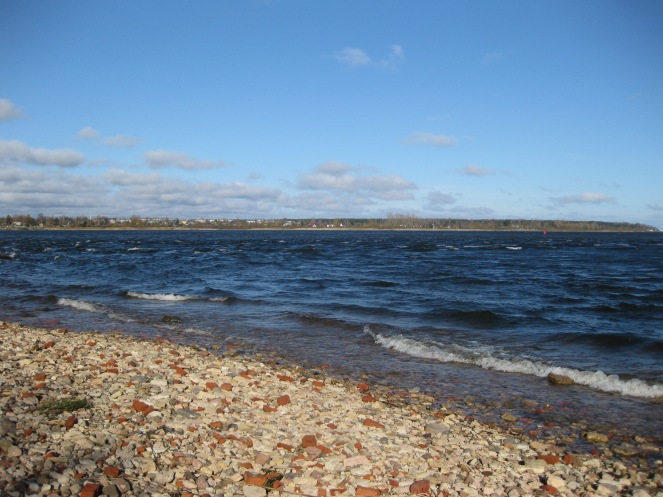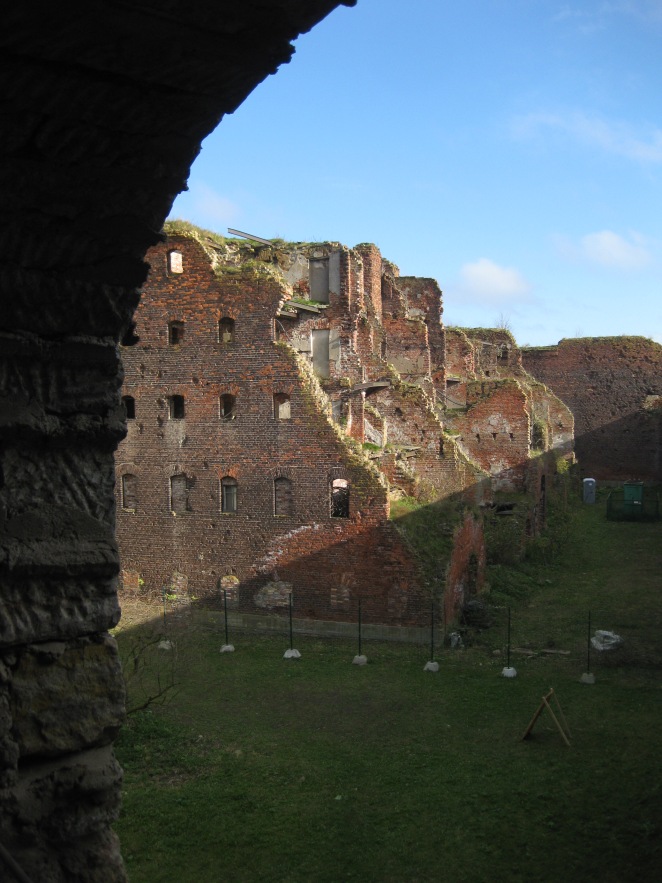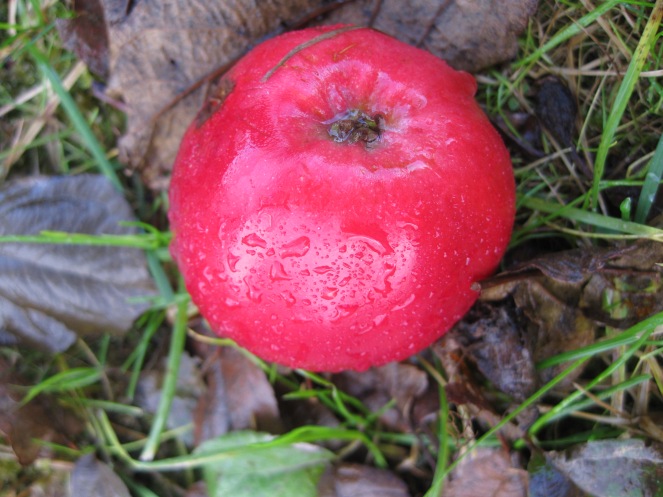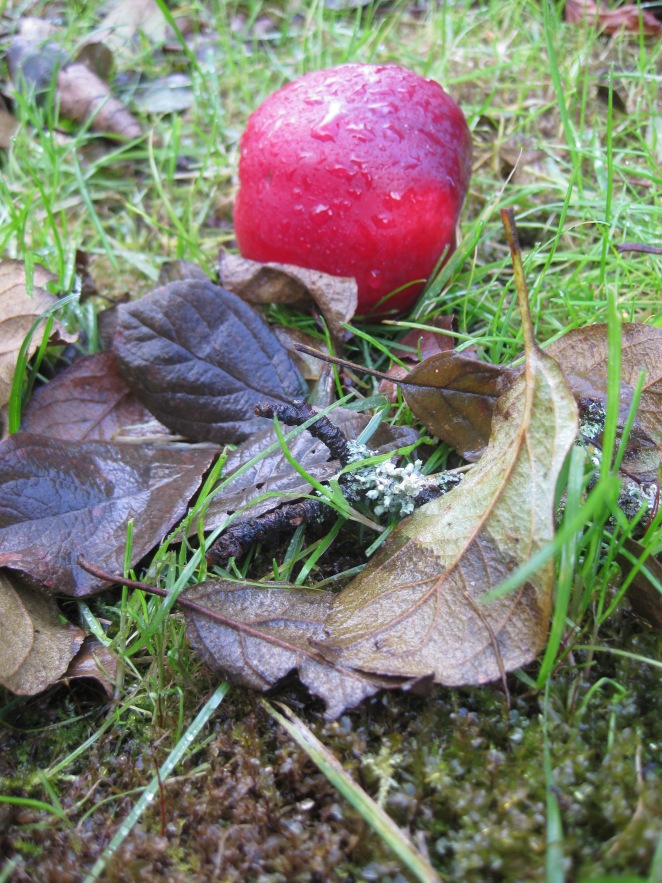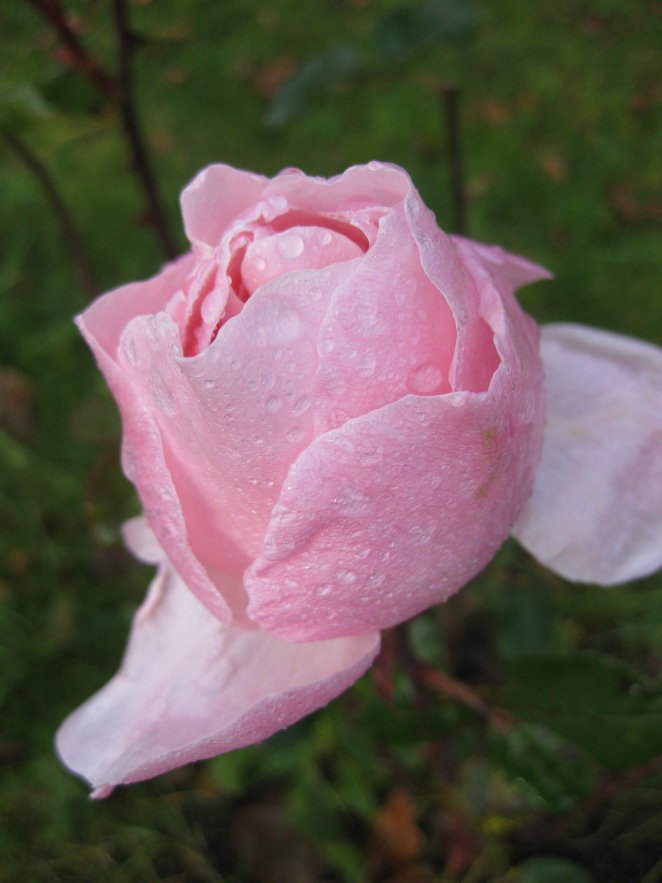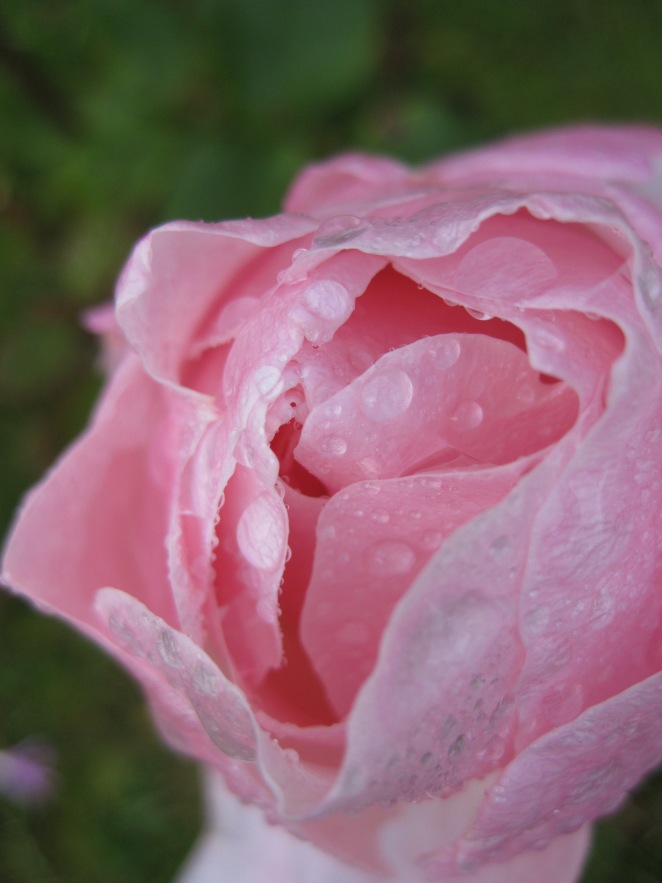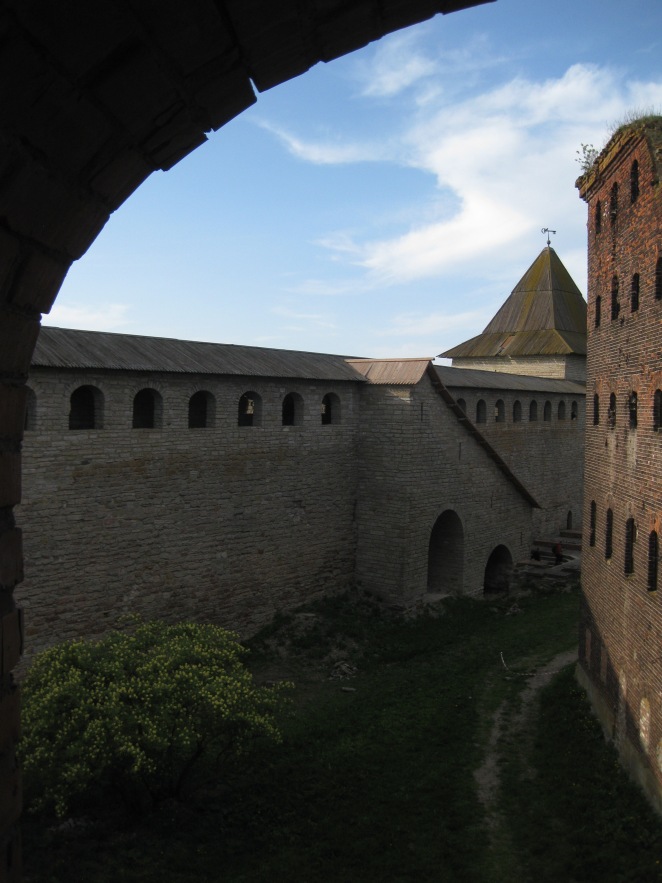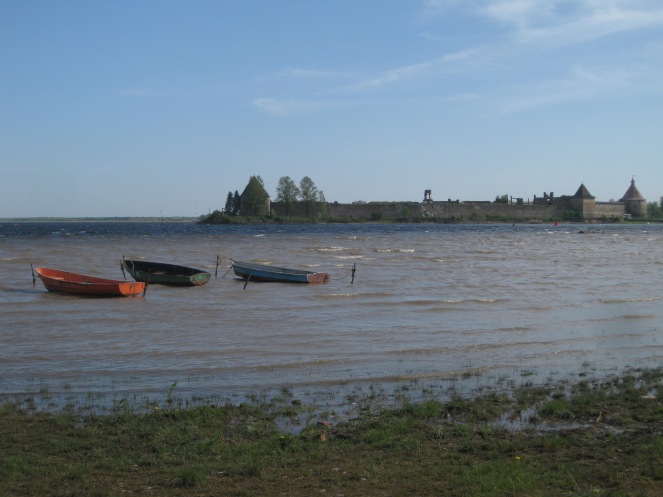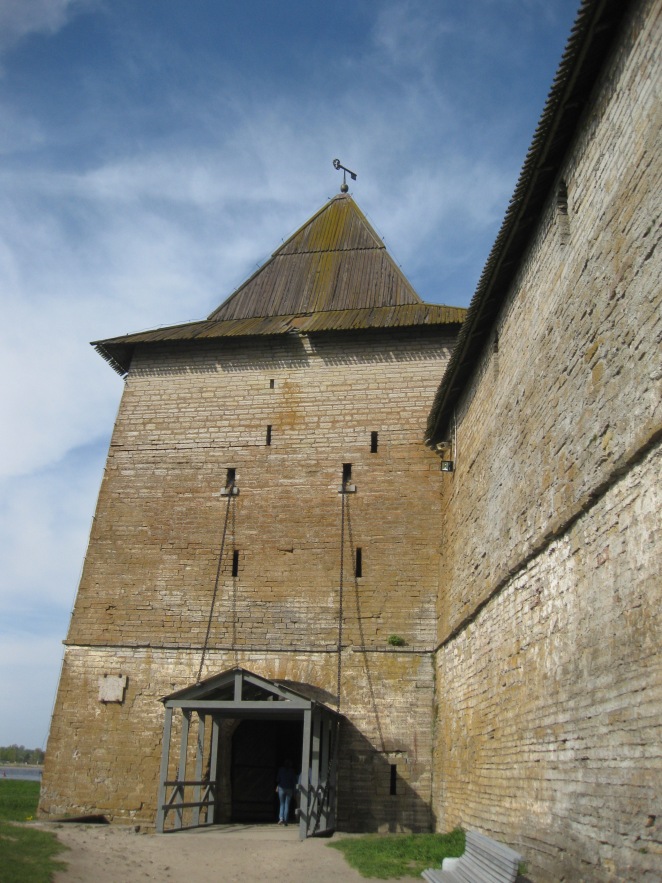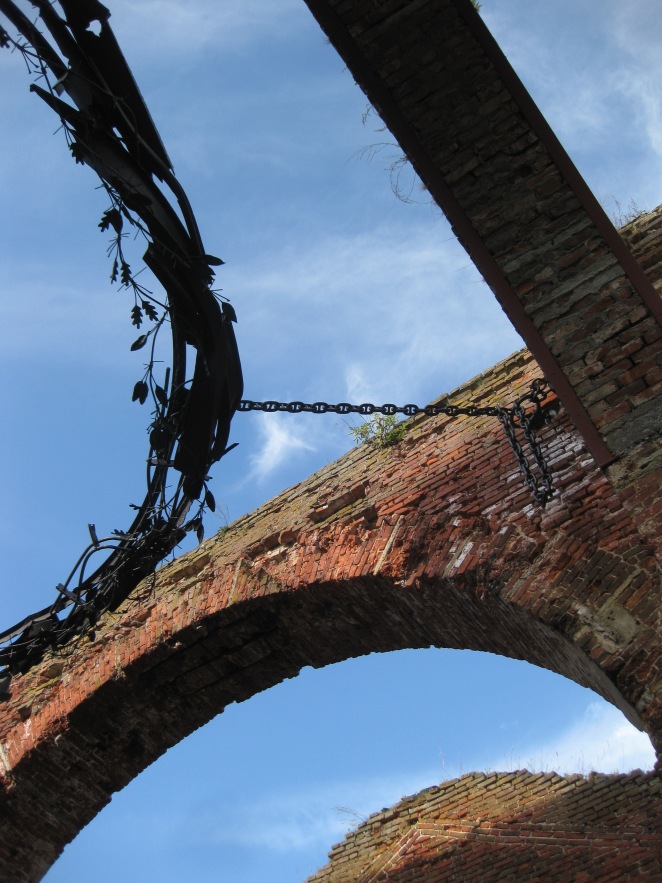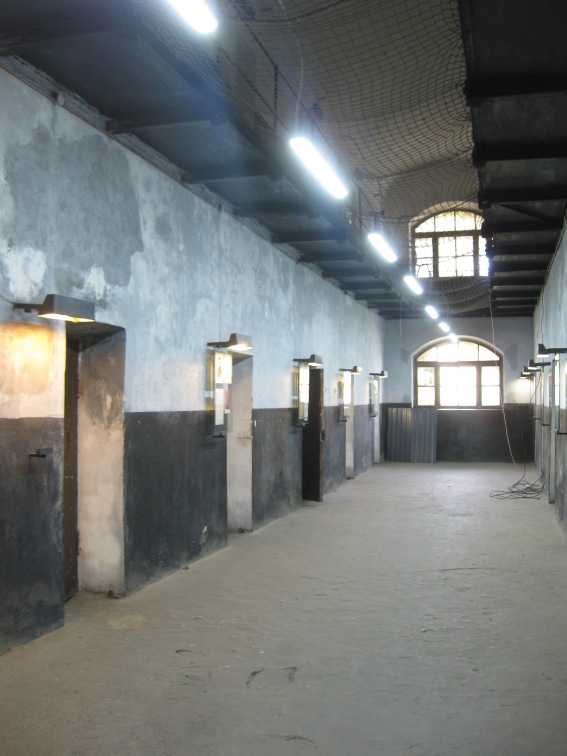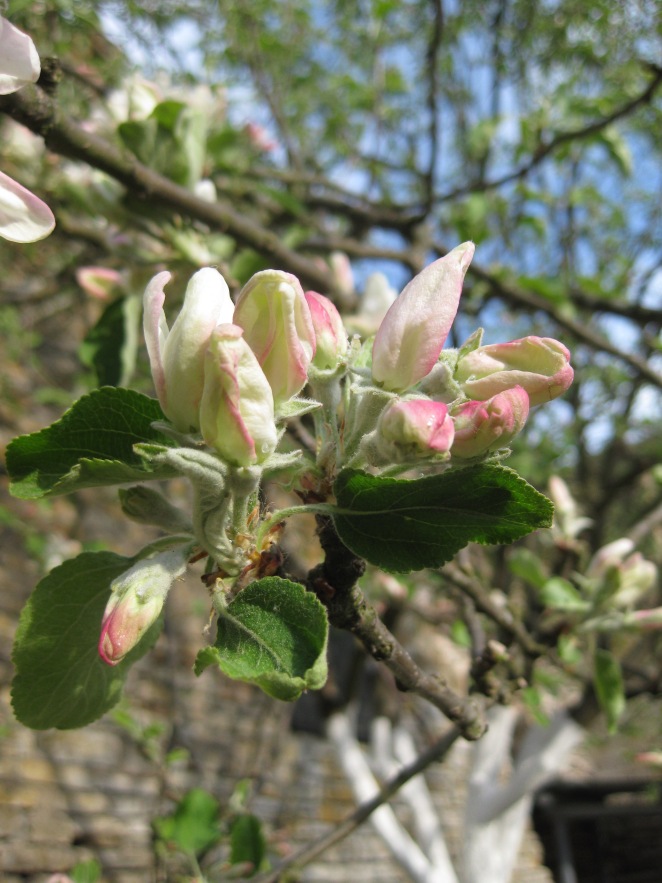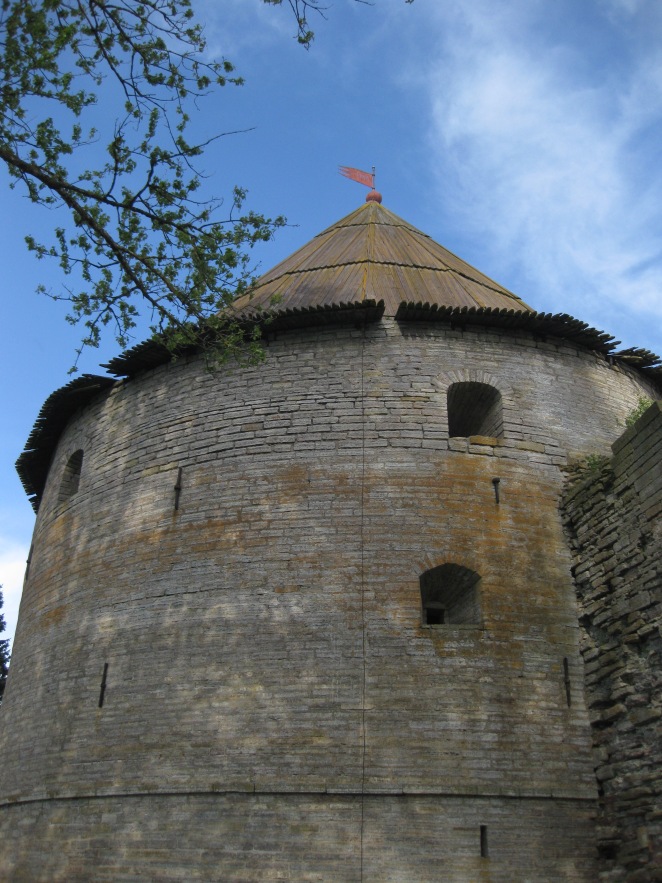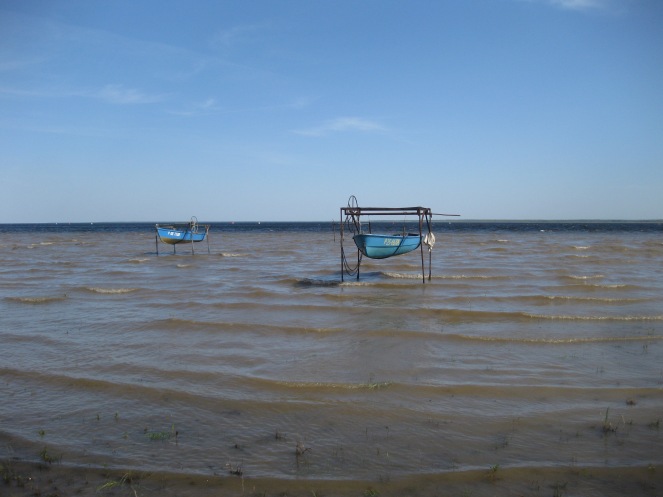Bogoslovka, Osinovets Lighthouse and the Road of Life
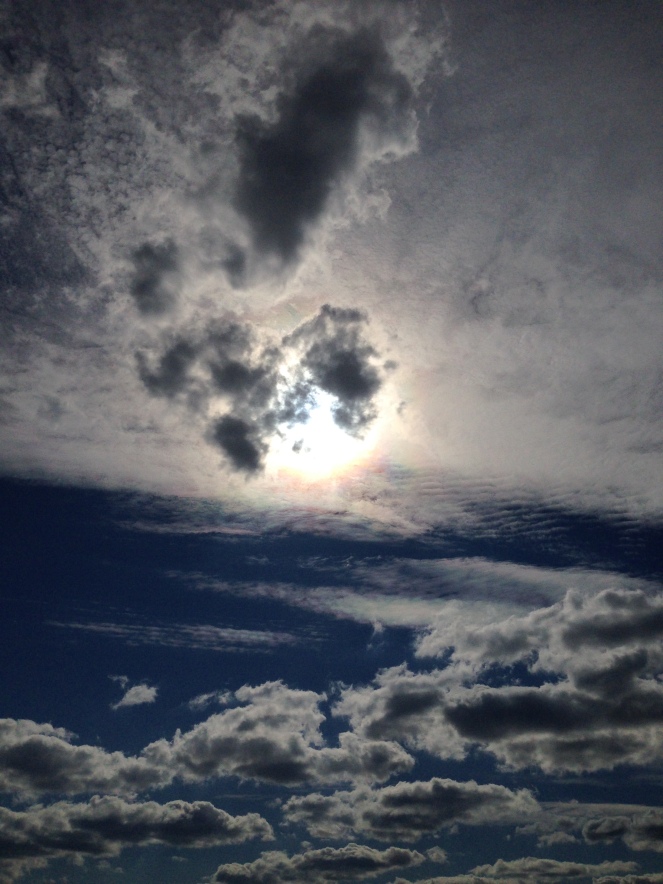
There are some summer memories leftover from 2017. On a surprisingly sunny day in August we travelled out of St Petersburg into the (Leningrad) region to see Bogoslovka on the Neva river, and Osinovets and the Road of Life Museum on the Ladoga Lake.
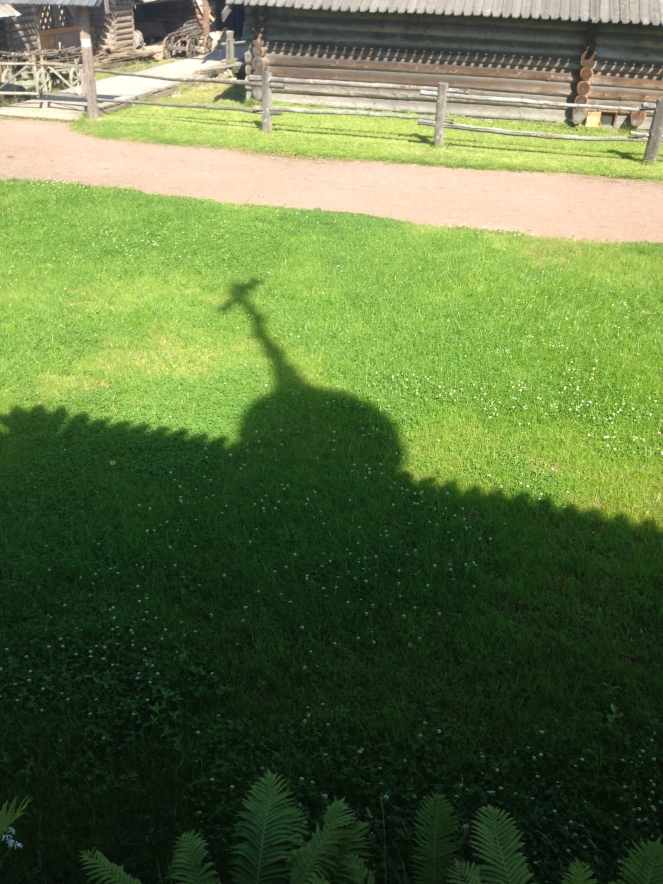
First stop on our way was Bogoslovka, a sort of an open-air ethno-park where they reconstruct traditional wooden buildings of the Russian North-West region. These buildings are copies and had to be painstakingly recreated as none of them was lucky enough to survive till our days.
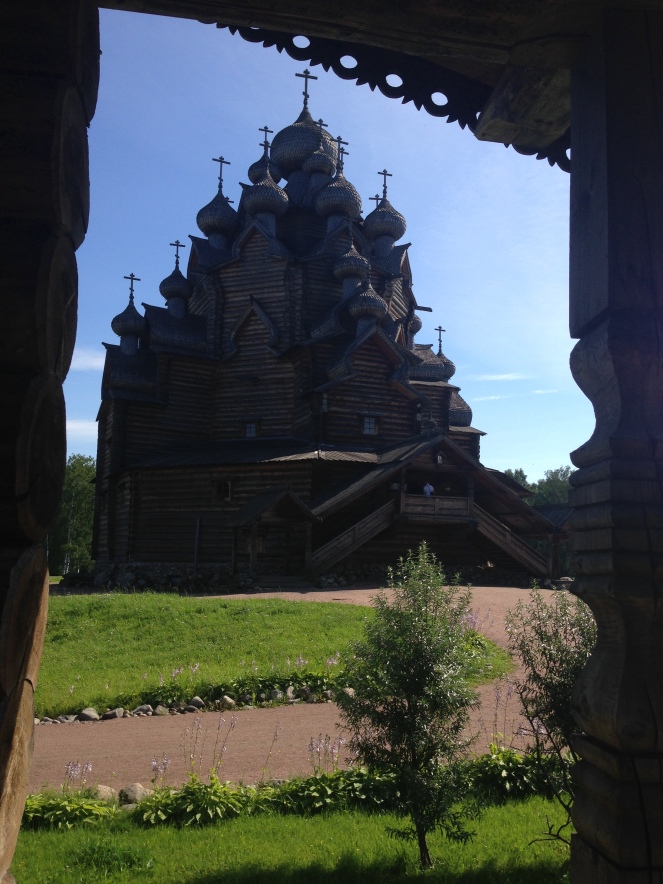
The central piece of Bogoslovka, the Church of Intercession of the Holy Virgin which – they say – was once designed by Peter the Great himself in 1708. After some 250 years it was lost in a fire but never recreated on the spot. So the enthusiasts of Bogoslovka did it here, on the south-east outskirts of the city.

The church is open not only as a museum but also as a functioning church. When we were there, they were baptizing a child or something. The church is immense! You can’t really take it in in one go – so many onion domes and kokoshniks (these wooden arches recalling the traditional Russian headdress), rising up to the sky, a real wooden skyscraper of a church!
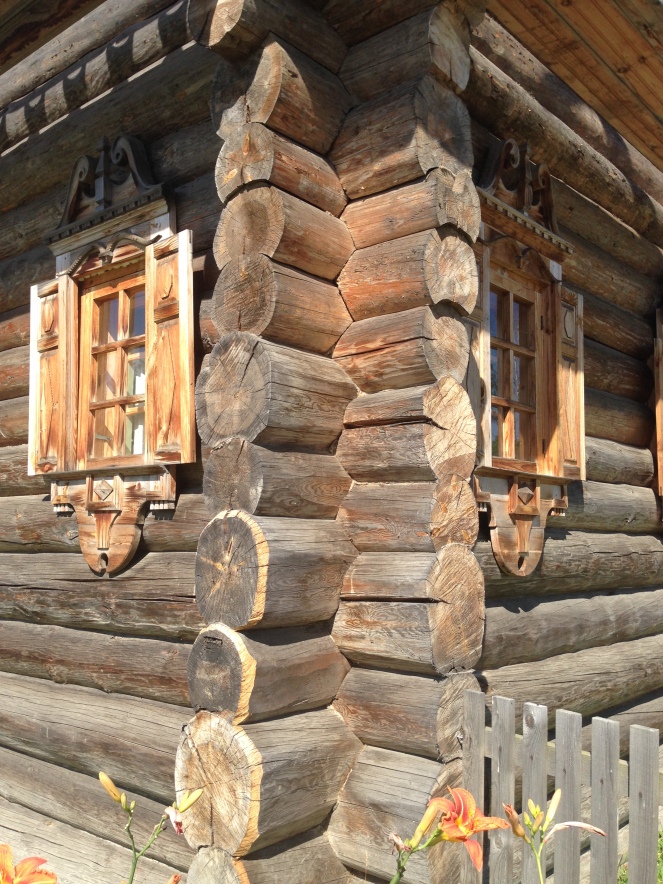
There was so much sun that day (of otherwise pretty moody summer) that my photos seem to be overexposed. Here is another building, as far as I remember of a wealthy peasant. I guess they use it as a guesthouse.

I had to find points in the shade from where I could at least observe the buildings without constantly straining my eyes. Can’t believe St Petersburg summer can be that sunny sometimes! Well, once a year 🙂 Here’s a tiny church from the Arkhangelsk region and that huge peasant’s house in the background:
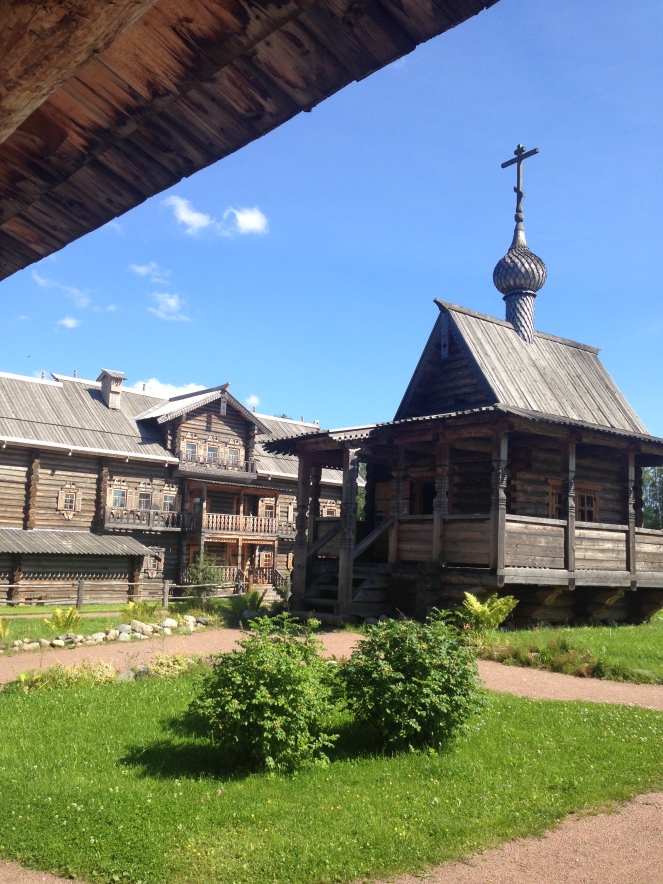
And a free-standing bell-tower:
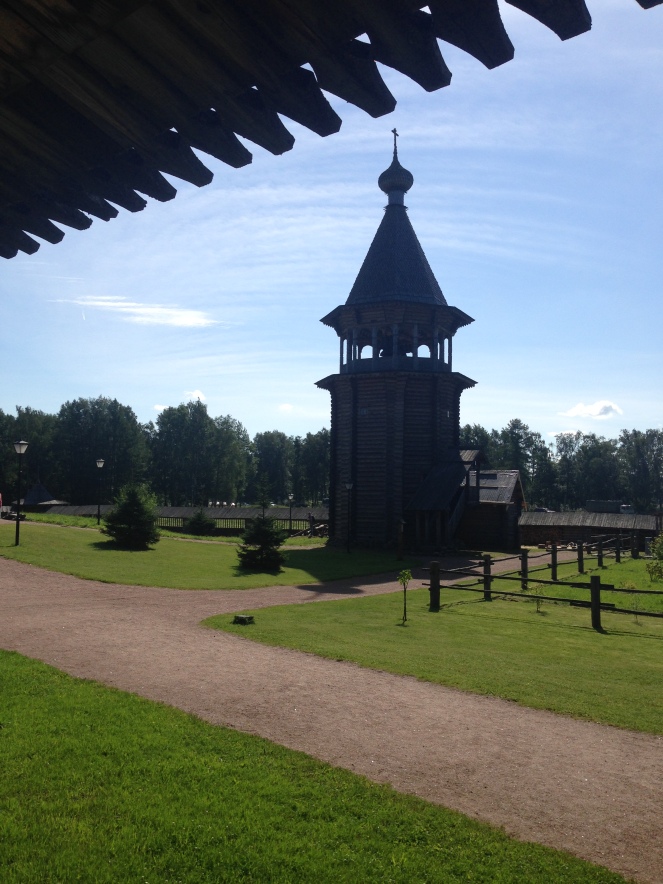
There was also a sort of a Russian crafts village but it was closed. There seems to be some more (re)construction going on there (as well as on their website) so some time soon there might be more copies of the wooden architecture from the region there. I like such open-air museums where they either move the original wooden buildings to or recreate them, like the one in Novgorod the Great or Suzdal. Have not been to the Kizhi open air museum yet, they say it’s the best.
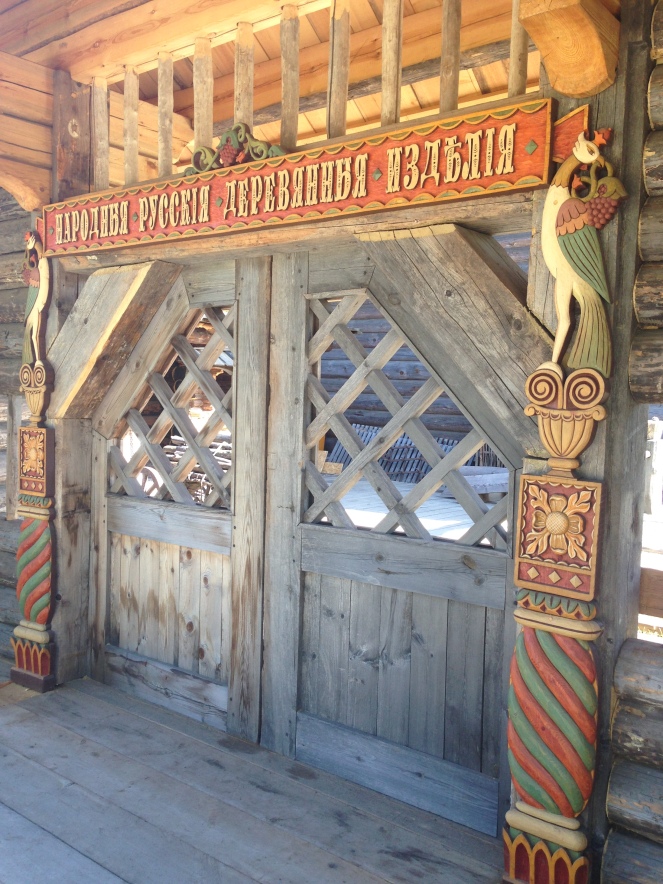
To get to the two other places we visited that same day we continued our way along the right side of the Neva river away from the city towards the Ladoga Lake. Both places are connected with the Siege of Leningrad during the Second World War.
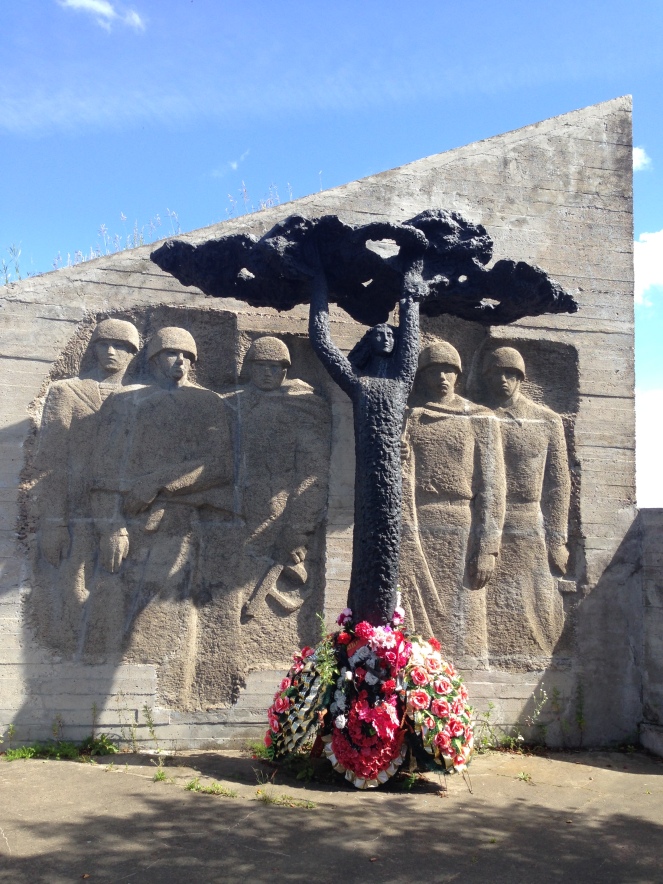
This monument belongs to a whole ‘belt’ of them, commemorating important places which played their part in the lifting of the Siege of Leningrad in January 1944. This used to be the front line of the defense of the city and you can imagine how fierce the battles were here.
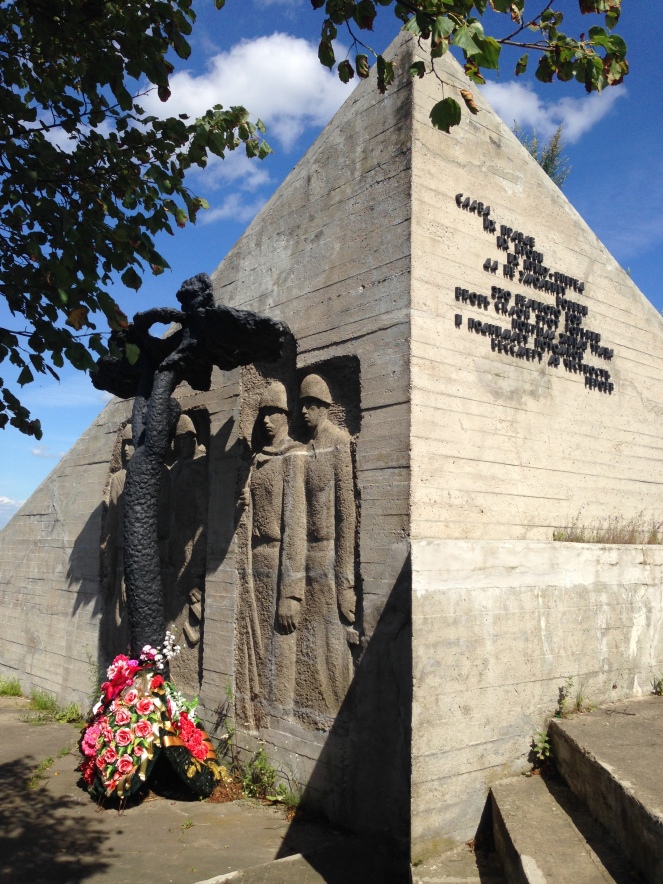
This one is very much in the 1960s war-memorial style, and I think it’s rather powerful. The pyramid is placed on the top of an artificial hill (hence the name, Hill of Glory, or Nameless Height), right at a spot on the Neva river aka Ivanovo rapids where its flow is the most challenging: too shallow, too straight with the maximum speed. Nowadays it’s not that dangerous as they’ve performed a number of tricks which made it deeper, wider and less fast.
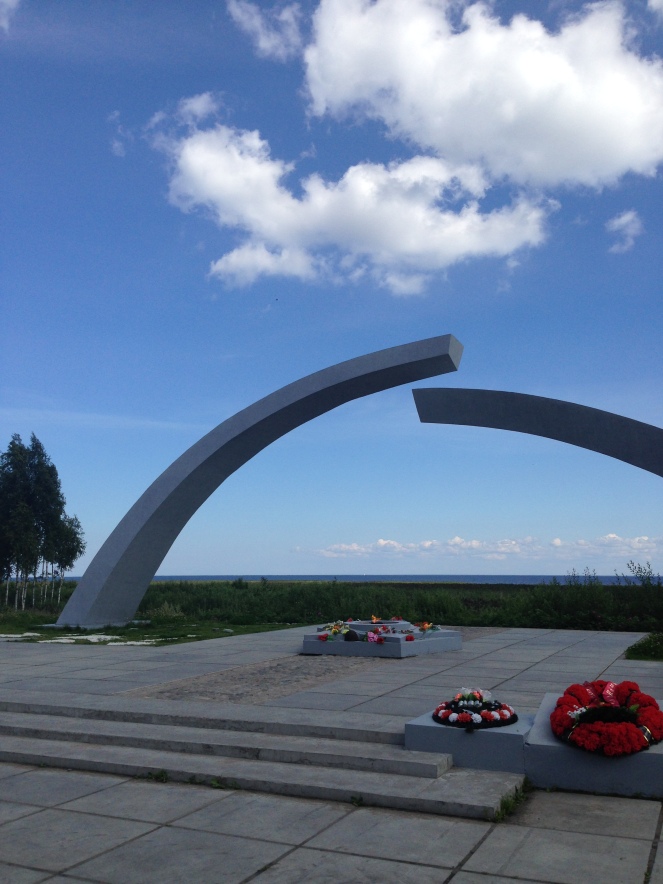
Further we moved along the Neva river and came to the spot where the ring stifling the city was kept from becoming complete. This spot on the western coast of the Ladoga Lake connected the besieged city with the rest of the world. The lake played the crucial role in the survival of Leningrad during the Siege: it was the city’s Road of Life, providing it with food, transporting people to the mainland.
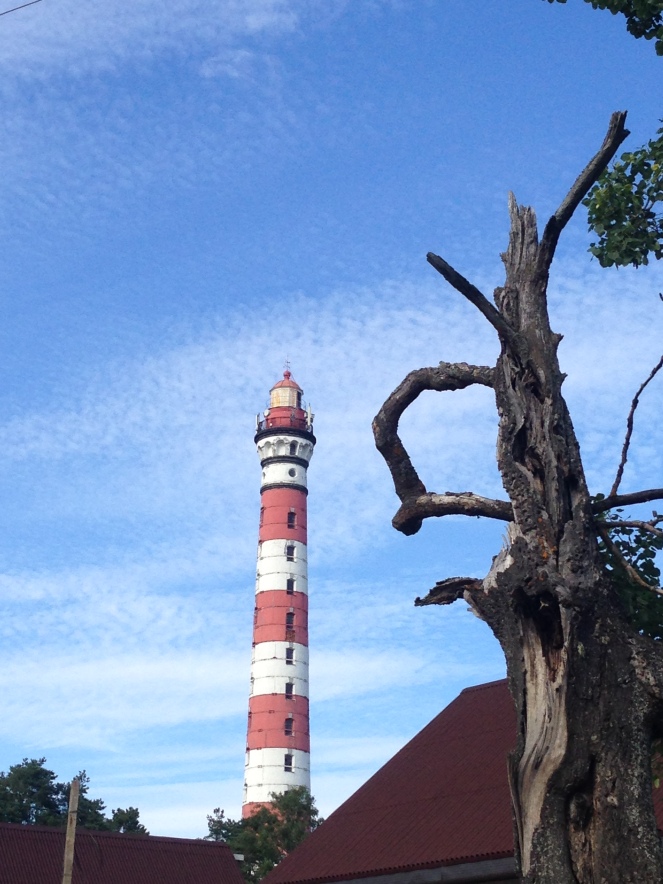
Next we moved on to the Osinovets lighthouse on the Ladoga Lake, a contemporary of some of my most favourite buildings in St Petersburg. Built in 1905-1910, this 70 meter lighthouse is there to pinpoint the entrance to the Shlisselburg bay, where the river Neva takes its source from Ladoga.
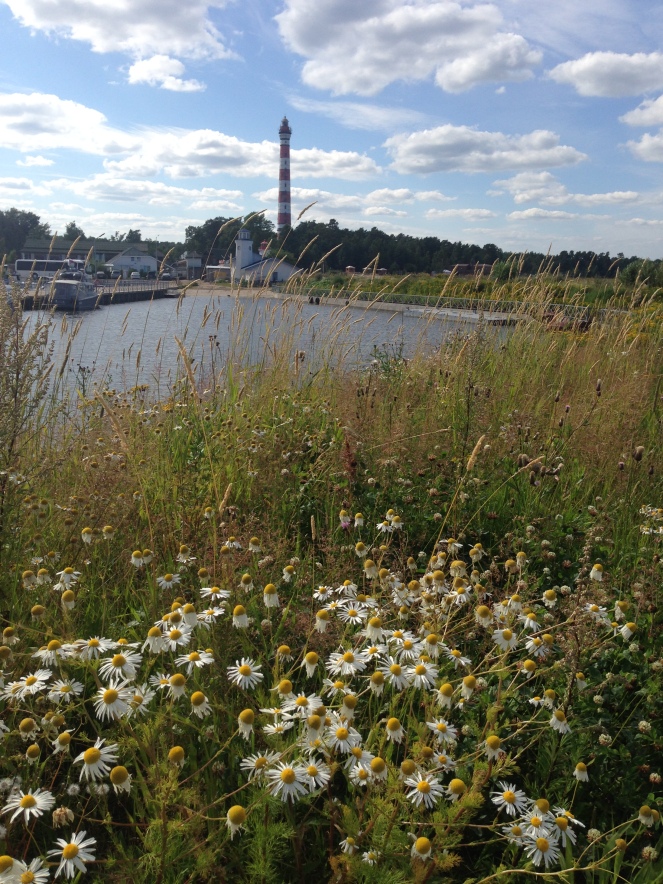
It also played its role in the Siege, being an important landmark for those navigating along the Road of Life, under the heavy bombardments of the Nazis.
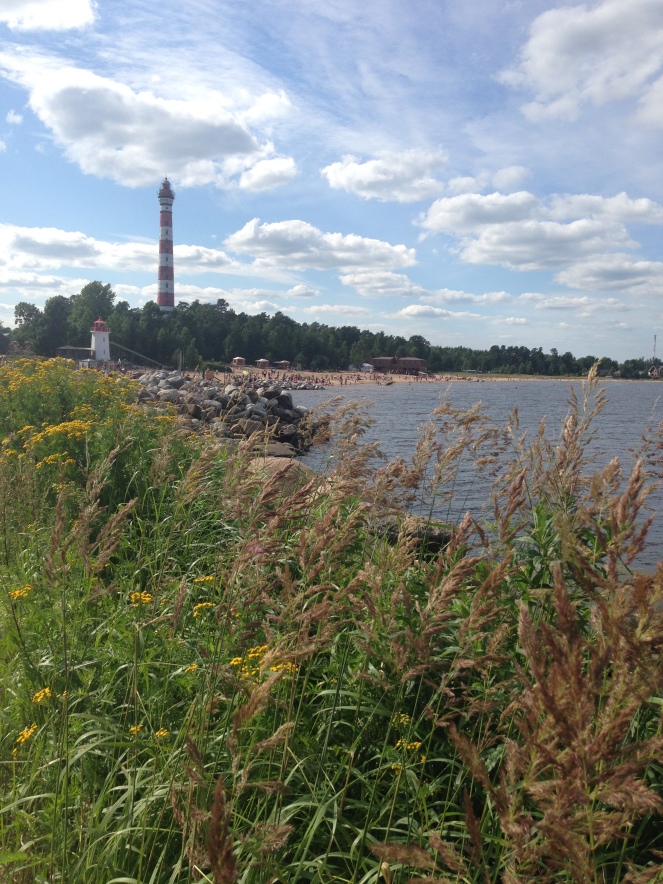
We walked along the artificial bar into the Ladoga. Looking back at the Lighthouse where the St Petersburg people come to have some (noisy) rest, it all seemed so peaceful and quiet. With only the waves and the wind and an occasional boat disturbing the silence.
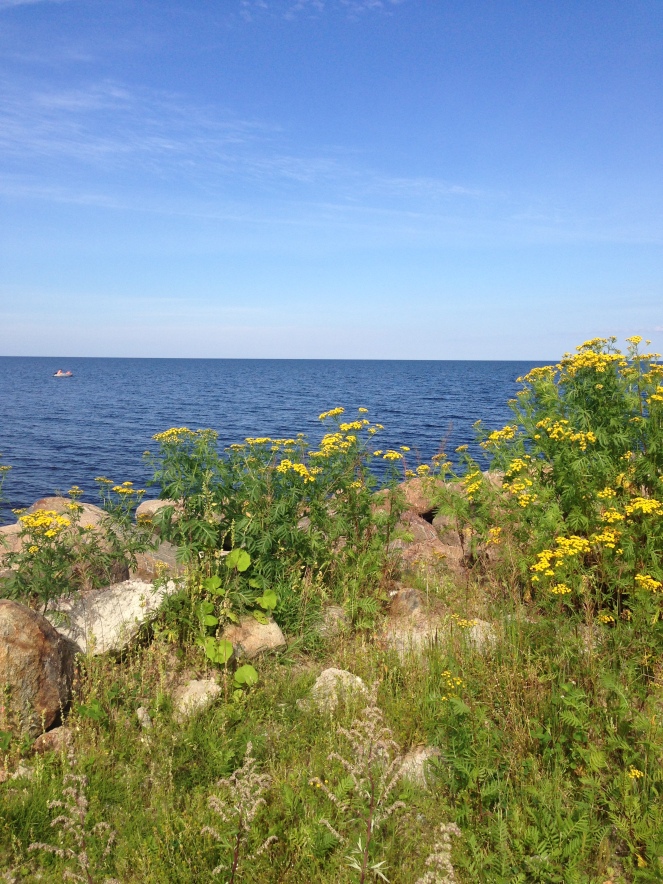
I think I liked this spot most of all.
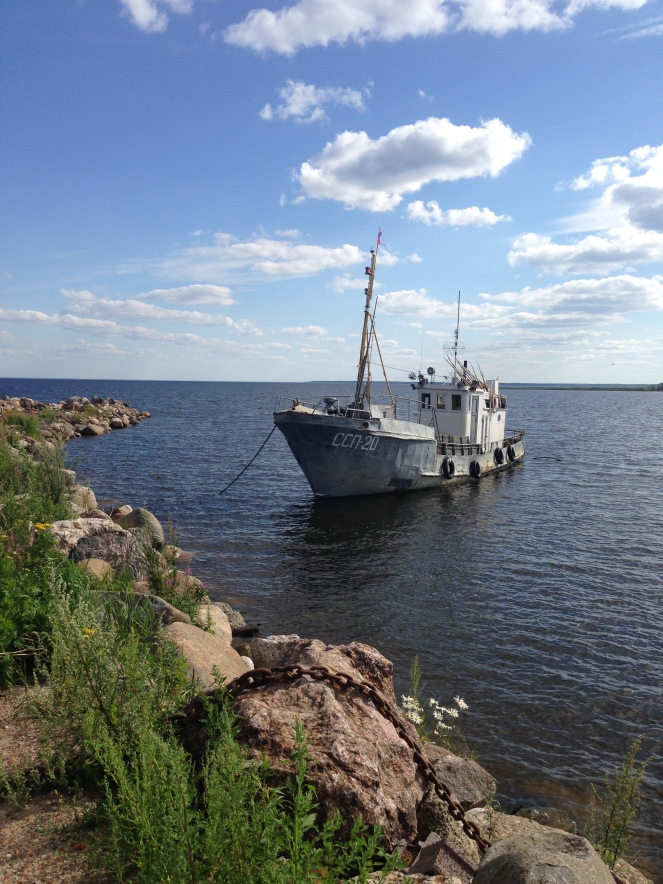
A few hundred meters away from Osinovets is a recently renovated museum of the Road of Life. I am not a fan of war museums although I do understand their importance. This one surprised me as being very much un-dusty compared to most of the war museums I’ve visited so far.

But you feel really really small, uneasy and scared of course while walking along the Ladoga Lake with all those guns and boats and aircrafts behind you. They also play some sort of bird sounds (very loud and disturbing) to keep the real birds away from their exhibits (and the glass walls as far as I can understand). Well, a war museum is a war museum, no fluffy staff there.
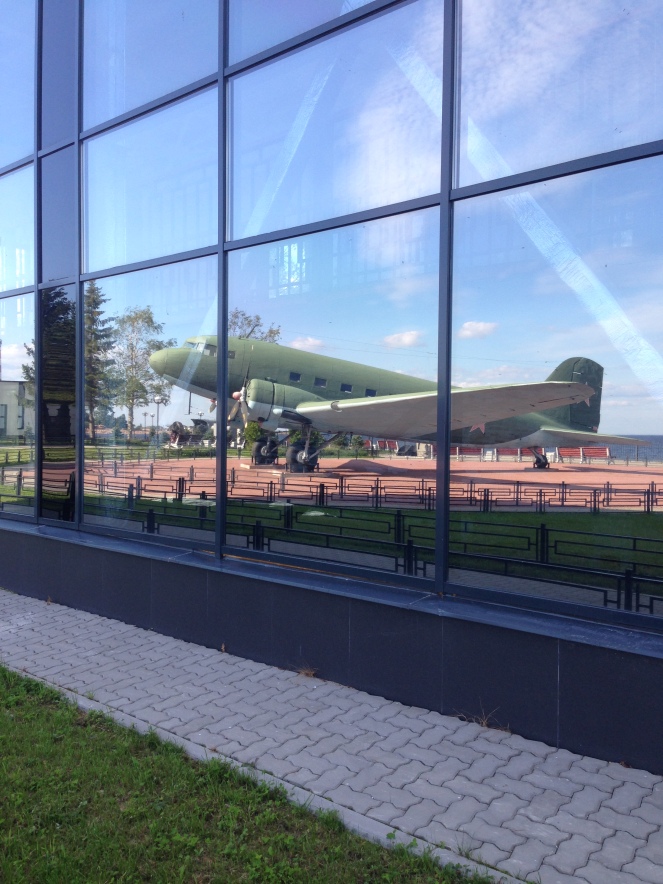
In one of the hangars they have some of those vehicles which helped transport so many goods and people to and from the mainland during the winter months of the Siege. The dark one is the famous polutorka which was one of the workhorses of the Road of Life, many of them unfortunately never made it to the land. The museum was about to close down for the day so we had to leave.
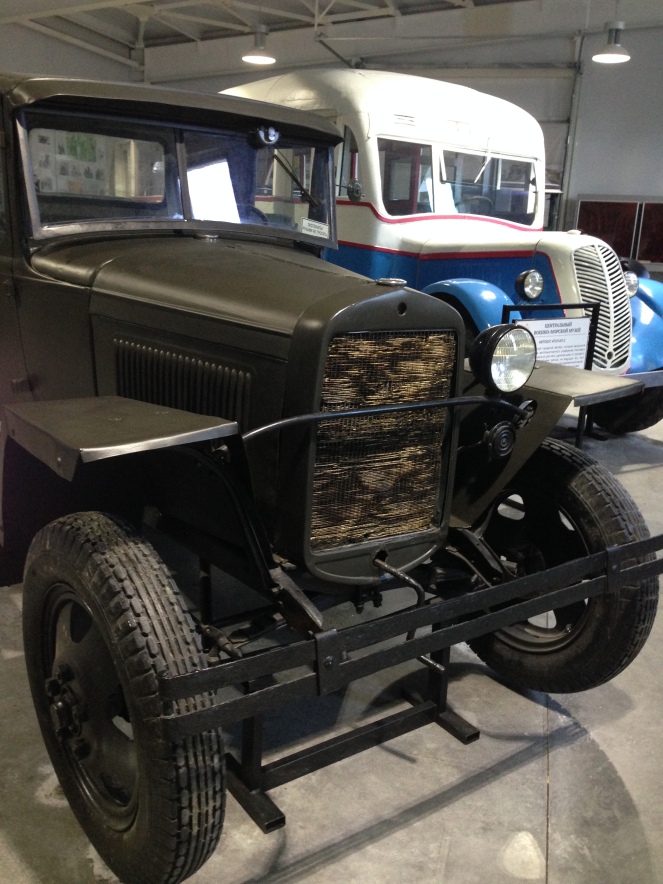
Then we had our lunch in a small cafe kept by Armenians where we could admire Ladoga from if not for the loud music outside which kept us inside 🙂 Oh yes, I also had my first swim in the Ladoga Lake that day – shallow and cold, but very refreshing. Such a fine day!
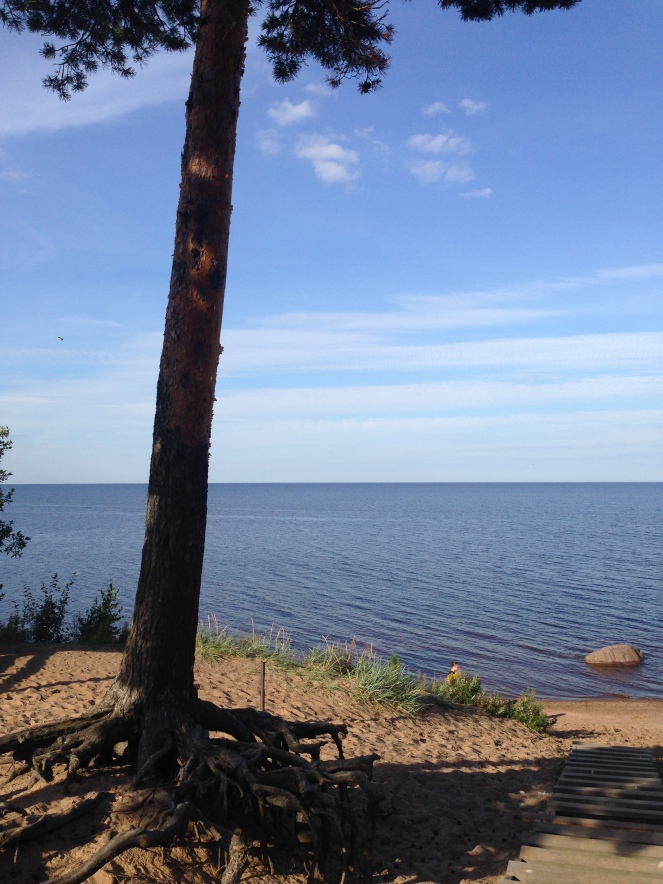
This post goes to the St Petersburg collection.
G.

